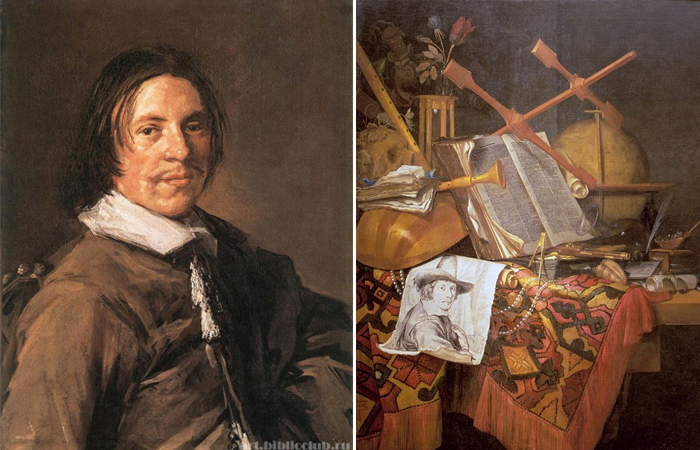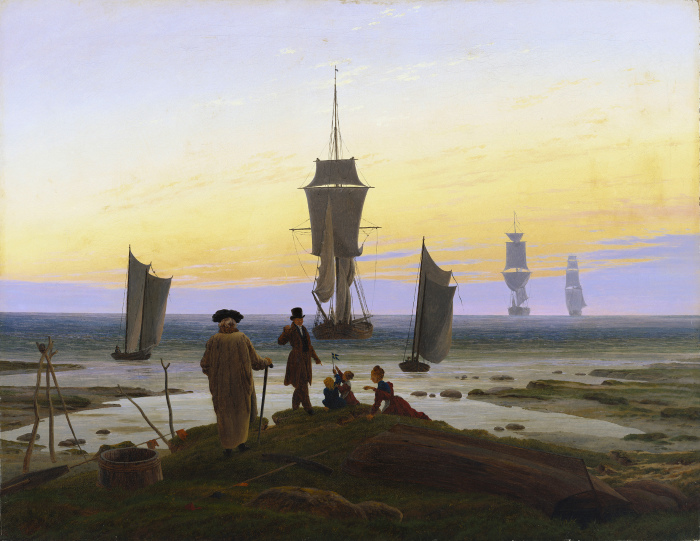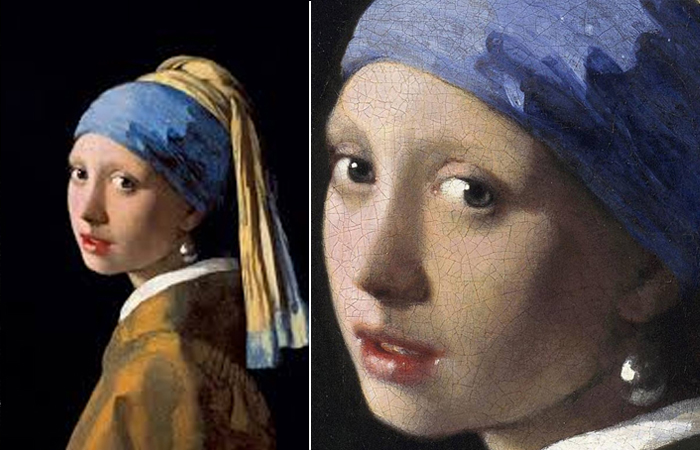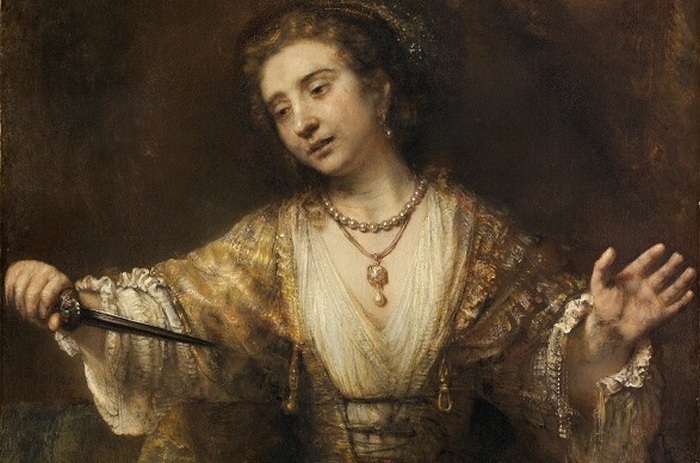How the main romantic of Germany Caspar Friedrich spoke about God with atmospheric landscapes
 Caspar David Friedrich is one of the leading figures in the German romantic movement. His mysterious, atmospheric landscapes and seascapes proclaimed human helplessness against the forces of nature and did much to validate the idea of the Exalted as the central problem of romanticism.
Caspar David Friedrich is one of the leading figures in the German romantic movement. His mysterious, atmospheric landscapes and seascapes proclaimed human helplessness against the forces of nature and did much to validate the idea of the Exalted as the central problem of romanticism.
Family drama
Human helplessness and melancholy, high feelings of the hero in the paintings are caused by sad events in the life of the artist himself. By coincidence, Frederick knew death very early: his mother, Sophie Dorothea Behli, died in 1781, when Caspar was only seven years old. At the age of thirteen, Caspar David witnessed how his brother Johann Kristoffer fell through the ice of a frozen lake and drowned. According to some reports, Johann Kristoffer died, trying to save Caspar David, who also nearly drowned. His sister Elizabeth died in 1782, and the second sister, Mary, died of typhus in 1791. Sad circumstances with loved ones, as well as the immersion of the artist himself in spiritual and mystical poetry, influenced his work and served as the basis for the confirmation of Caspar David Friedrich as the leader of German romanticism.
“Cross in the mountains”
The first major painting by Frederick appeared at the age of 34 – “The Cross in the Mountains”. The sky is filled with clouds, colored in shades of red, pink and purple, which go from dark to light from top to bottom. The rays of the sun come from a distant, invisible horizon. The frame (made by Karl Kun according to the sketch of Friedrich himself) depicts various Christian symbols, including the heads of five little angels, a star, grapes and a vine, corn and the eye of God (wheat and grapes at the bottom of the frame are attributes of the Eucharist, and palm leaves in the upper part they mean the victory of Christ over death (the people of Jerusalem met Christ with palm branches.) The radiant divine eye against the background of the triangle is a symbol of the Holy Trinity. This painting was exhibited in 1808 and received great publicity, because for the first time In the Christian art, the clear landscape became an altar panel.
Critics have argued that the landscape cannot function as an altar. It depicts a crucified Christ in profile on the top of Mount Calvary, alone, surrounded by nature. The cross is the highest point of the composition, but viewed obliquely and at a distance. The mountain symbolizes unshakable faith, and spruce symbolizes hope (“The cross stands on a rock as unshakable as our faith in Jesus Christ. The trees grow around the cross, evergreen and eternal, like the hope of people in Him, the crucified Christ”). To the controversy surrounding the picture, Caspar had to write a comment on the defense of his work, where he compared the rays of the evening sun with the light of the Holy Father. The fact that the sun is setting suggests that the time when God reveals himself directly to man has passed. Frederick’s written interpretation of his own work was the first and last of its kind.
It was a revolutionary reinterpretation of the genre of landscape painting, giving it a new level of potential significance. The main idea of the painting by Frederick is that the divinity of God is best manifested in nature. In these early paintings, Frederick supported romantic ideals, including the spiritual potential of art and the expression of religious feelings through the power of nature.
In addition to displaying the relationship “human-divine,” there are also political motives in the works of Caspar David. Before the fall of Napoleon’s empire in 1815, many of Frederick’s contemporaries interpreted his paintings through the prism of political self-determination and cultural heritage, believing that they promised the people future independence from foreign intervention.
Marriage and transformation in creativity
Despite the reputation of a lonely person who once declared: “In order not to hate people, I must avoid their company,” the marriage with Caroline Bommer in 1818 and the subsequent birth of three children made their corrections in the artist’s completely melancholy mood: his canvases became more frivolous and fresher. Female figures appear in his works, the palette becomes brighter, and the dominant symmetry and rigor are reduced. The painting “Chalk cliffs on the island of Rugen”, painted after the honeymoon, is a wonderful example of transformation in the work of Caspar David.
For the first time, the heroes of the paintings of this master are not turned to the viewer with their backs, they are examining the endless sea. For the first time, the established motive of a lonely man was broken: he began to portray his wife in some works and sometimes portray a couple.
Key ideas in creativity
Based on the analysis of his creative path, a number of key ideas can be distinguished:
⦁ The deeply psychological landscapes of Frederick, which often push the viewer into the wilds of nature, create an emotional connection with the viewer. This eclecticism of the spiritual and natural gave the artist success.




